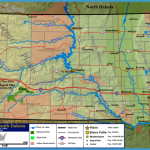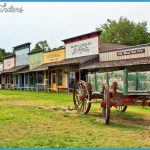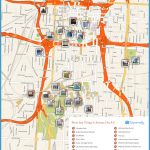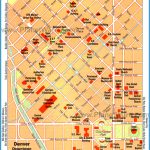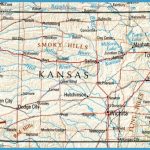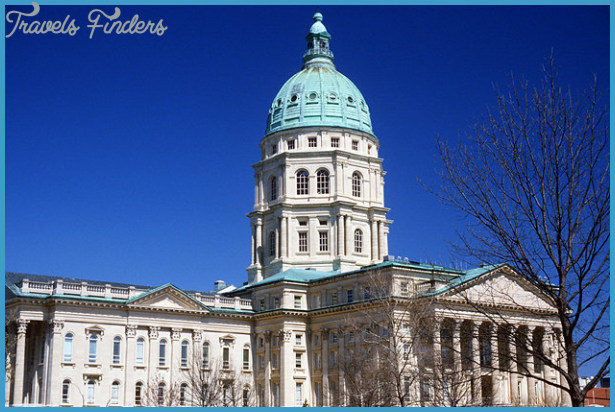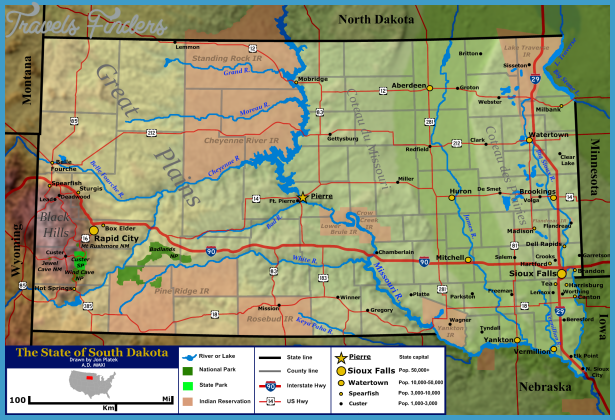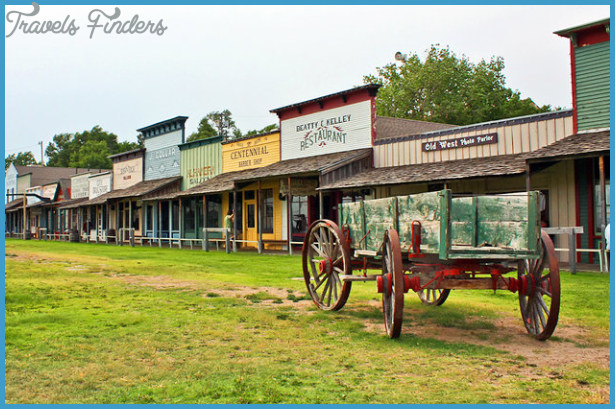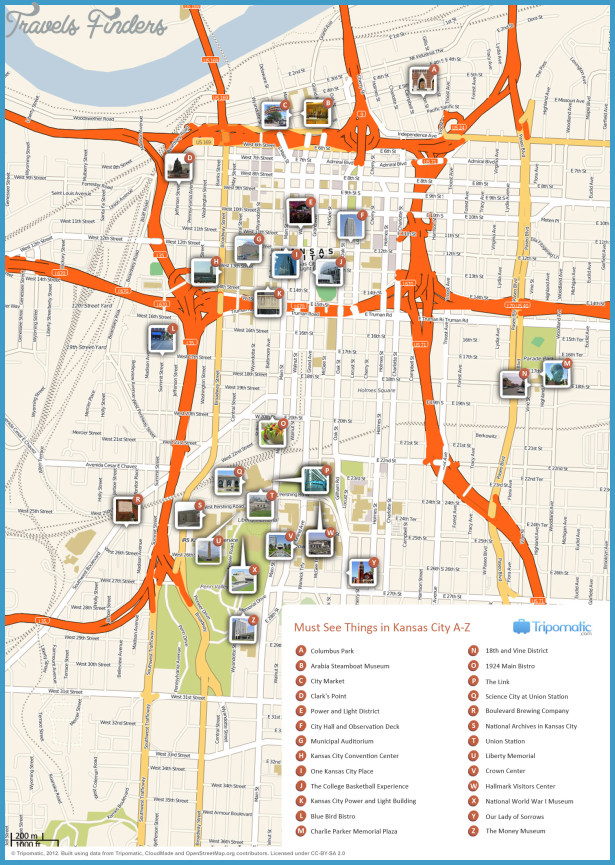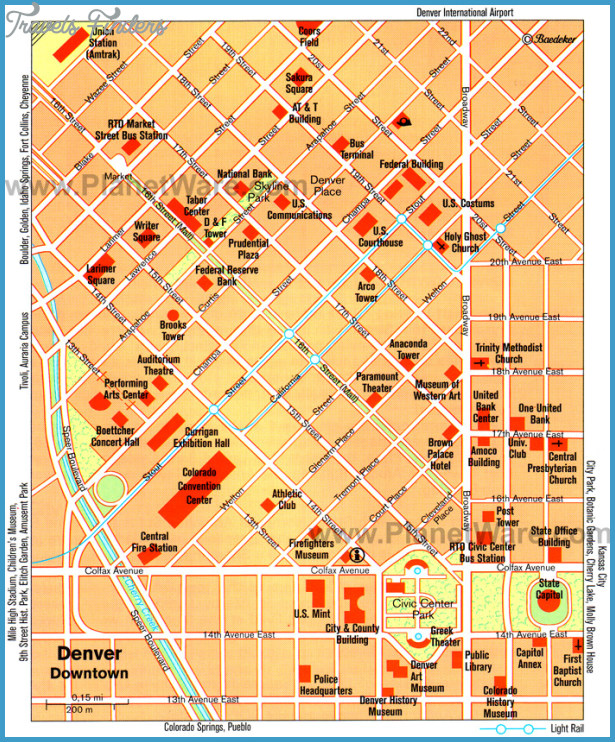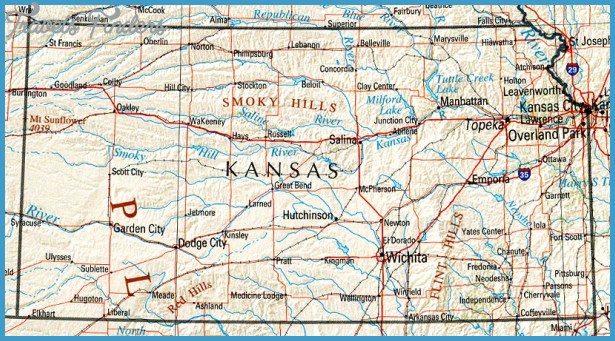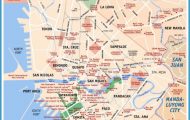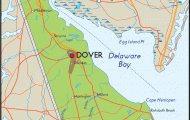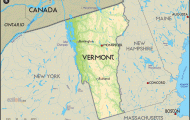Developing Diversity
Prior to World War II the Latino community of Kansas consisted almost entirely of a first generation of Mexican migrants and their children. With World War II the community developed connections beyond the boundaries of local neighborhoods and became more organizationally diverse.
During World War II the United States needed Mexican labor. As a result, in 1942 it signed the Bracero program, the first of several treaties with Mexico to import labor for short periods of time. Nevertheless, migration was not a strong factor in the growth of the Kansas Latino community after the war. The demand for farmworkers was met by migrants who came in a great stream from south Texas to Canada, following demand for work in the wheat fields and in the sugar beet fields, until this latter crop declined in the 1950s. Although some migrants did settle out, seasonal movement in search of work characterized this mid-century population.
The classic work y no se lo trago la tierra/And the Earth Did Not Devour Them (1971), by the great Chicano writer Tomas Rivera, witnessed the experience of migrant labor in Kansas.25 As a boy, Rivera and his family worked the fields as part of the migrant stream.
Nevertheless, the Bracero program and its social incentives for people to not return to Mexico but to settle in the United States, even without legal documentation, had a different impact in Kansas. Because a population of what is called undocumented workers, or illegal migrants, increasingly became a matter of political concern, the United States developed a bureaucracy to attempt to track and deport people who did not have proper documents. The transfer of the Immigration and Naturalization Service to the Justice Department of the Federal Government in 1940 marked the beginning of a political concern with controlling and limiting Mexican migration at a time when demand for workers increased. Migration, legal and otherwise, and the activities of la Migra, as the INS was called in the Mexican community, became increasingly important in the consciousness of Kansas’s Latino community.
The Latino community of Kansas became progressively differentiated by historical experience, time of migration, and generations in the United States.26
Although there was a trickle of migrants entering the Latino community at midcentury, Kansas’s Latino community developed primarily in the succession of generations, from migrant parents who came in the early decades of the century to a war generation that grew up in the United States and whose children lived the social struggles that shook the country in the 1960s. Their lives were a successive struggle to gain access to mainstream society and to move up socially. Nevertheless, a great period of migration was to come in the last decades of the twentieth century, which was due to difficult conditions in Mexico and an increasing demand for Mexican labor in Kansas.
For example, Garden City, in southwest Kansas, developed an early, and important, Latino community because of sugar beet cultivation and processing as well as railroad work in the area.27 Today the county in which it is found, Finney County, has the highest relative percentage of Latinos in Kansas, 43.5 percent.28 This number is the result of almost 100 years of a community producing multiple generations and receiving new migration from Mexico and other countries in Latin America. This difference between those who had arrived earlier and those who have recently arrived in Kansas causes some tension within the community, which creates a separation of interest between new migrants, many of them undocumented, and long-time Garden City residents.
Southwestern Kansas, where Garden City is located, is one of the locations where a number of industrial meatpacking plants are concentrated in the United States (in fact, Southwestern Kansas may have the largest concentration of meatpacking plants in the United States).29’30 Instead of being scattered across many states, or located in urban areas at centers of rail connections such as Kansas City or Chicago, this industry is now concentrated under a few corporations and in a few rural locations of the United States. The development of relatively inexpensive highway transportation of cattle, changes in the system of slaughter, and changes in conditions of labor enabled this concentration. The meatpacking industry actively courted refugee and migrant labor, and these new migrants entered Latino communities formed in earlier historical periods.
The United States needed Mexican American soldiers during World War II. Latino young men enlisted in the armed services in numbers that were proportionally far greater than their representation in the general population. For example, out of a total population of 800 persons, 52 Latino men from Florence, Kansas, joined the armed forces.31 More than 300 men from the Latino community of Topeka enlisted.32 In some cases all of the Latino young men of a given community were in the armed forces. Latinos enlisted for many reasons for example, to demonstrate loyalty and commitment to the United States despite the discrimination they faced in their home communities. Enlisting was also a vehicle to citizenship for those who did not yet have it. Latinos received many honors for their wartime service.
While in the military, Kansas’s Latinos met men from all over the country. Their consciousness was raised through sharing stories with other Latinos about discrimination and prejudice throughout the country. The recruits developed, as a result, an identity as a distinctive population in the United States, and not just in their local community, as well as a commitment to fight against the discrimination they faced at home. Besides developing a growing ethnic consciousness, they also formed networks of friends from many places. The veterans linked Kansas’s scattered Latino communities to national networks of activists.33
Despite civic discrimination, during the war and after, Latinos saw opportunities for jobs open up for them outside of those they traditionally held. Nevertheless, they were limited by the barriers to education and, in the case of veterans, to full access to the benefits of the GI Bill. The postwar period was one of activism and formation of organizations to fight for social access and development. At first these were local fights, but then they became national. Latino communities as a result became more complex organizationally, and they also began to develop a generation of Latinos born to parents who themselves had been raised in the United States.
During the 1990s migration from Mexico increased, and, at the same time, the migrant stream diversified. More and more people came from southern Mexican states that previously had provided few migrants. Latinos from other countries were also migrating, some because of the civil wars in Central and South America, and some because of economic crisis. Almost 40 percent of the Latino population in Kansas is foreign born; of those in this group, 74 percent arrived between 1990 and 2005.34, 35 This recent period of Latino migration and growth is comparable only to the first decade of the twentieth century. New migrants grapple with established Latino communities, as they build their own.
Most migrants came to places such as Kansas City because they already had family there, and these ties cut across lines of difference. Despite that, the new migrants found communities with their own languages not the Spanish of Mexico, but languages heavily inflected by life in the United States. To these the migrants had to acculturate, and at the same time their own languages were a force for continued Mexican culture and influence. Instead of weakening, which happened to most migrant languages, Spanish continues nourished by the substantial stream of new migrants.


